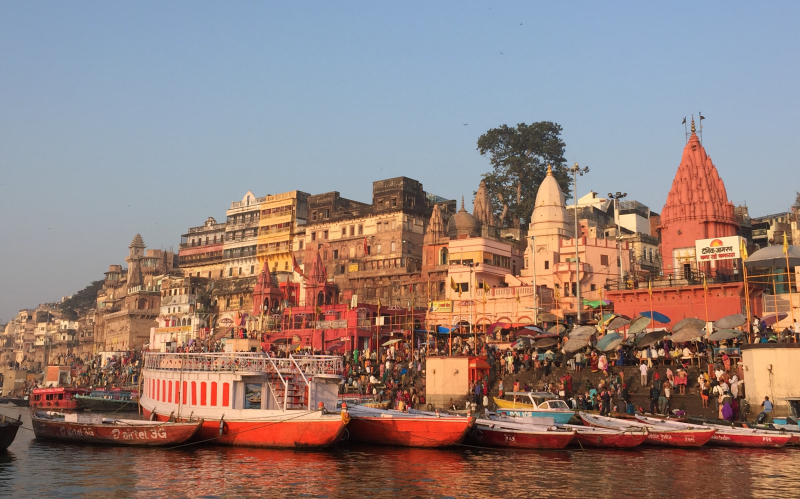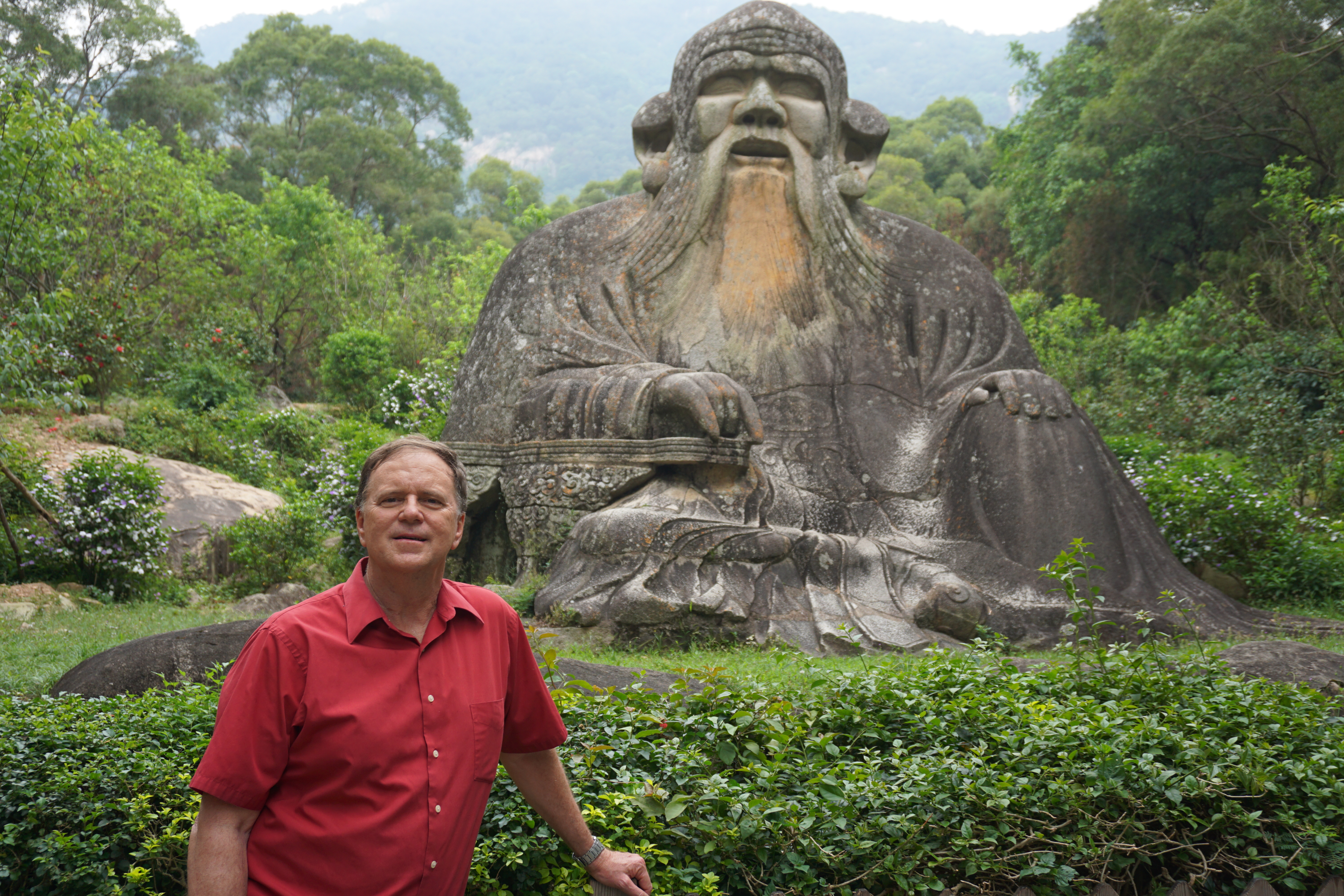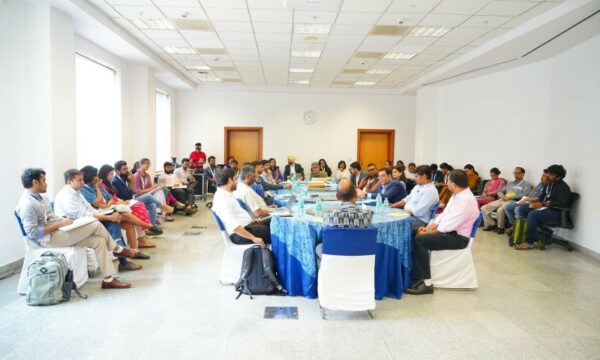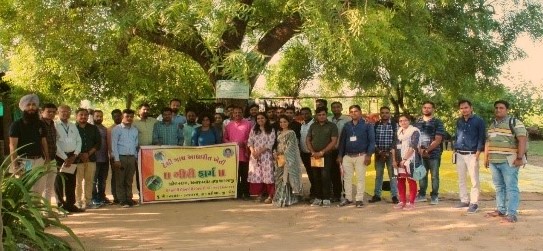by Ian McIntosh
It was Aboriginal Australia and the spiritual traditions of the first peoples that introduced me to the world of religious pilgrimage. Over many years, beginning in the early 1980s, I would join the Aborigines of northern Australia on journeys to sacred sites to learn about their timeless mysteries through song, dance, folklore and art. It was this experience that was also my entry point to peace studies, and in particular, the study of truth and reconciliation – making amends for historical injustices.
In the 1990s, there was a national vision in Australia of black and white Australians walking side by side as equals, learning from one another and growing together. In a sense, this was a pilgrimage. It was about finding the other in ourselves – and this quest has informed pretty well everything that I’ve done since.
Lessons from this experience, for example, informed my recent peace-building project in the Gaza Strip. With Jamil Alfaleet from Gaza University, I created an online class for students from both the US and Gaza, centered on visioning – building a peaceful and prosperous Middle East by the year 2050. We considered all manner of peace-building strategies, but the Gaza students believed that pilgrimage and religious tourism had the most potential for delivering positive outcomes.
I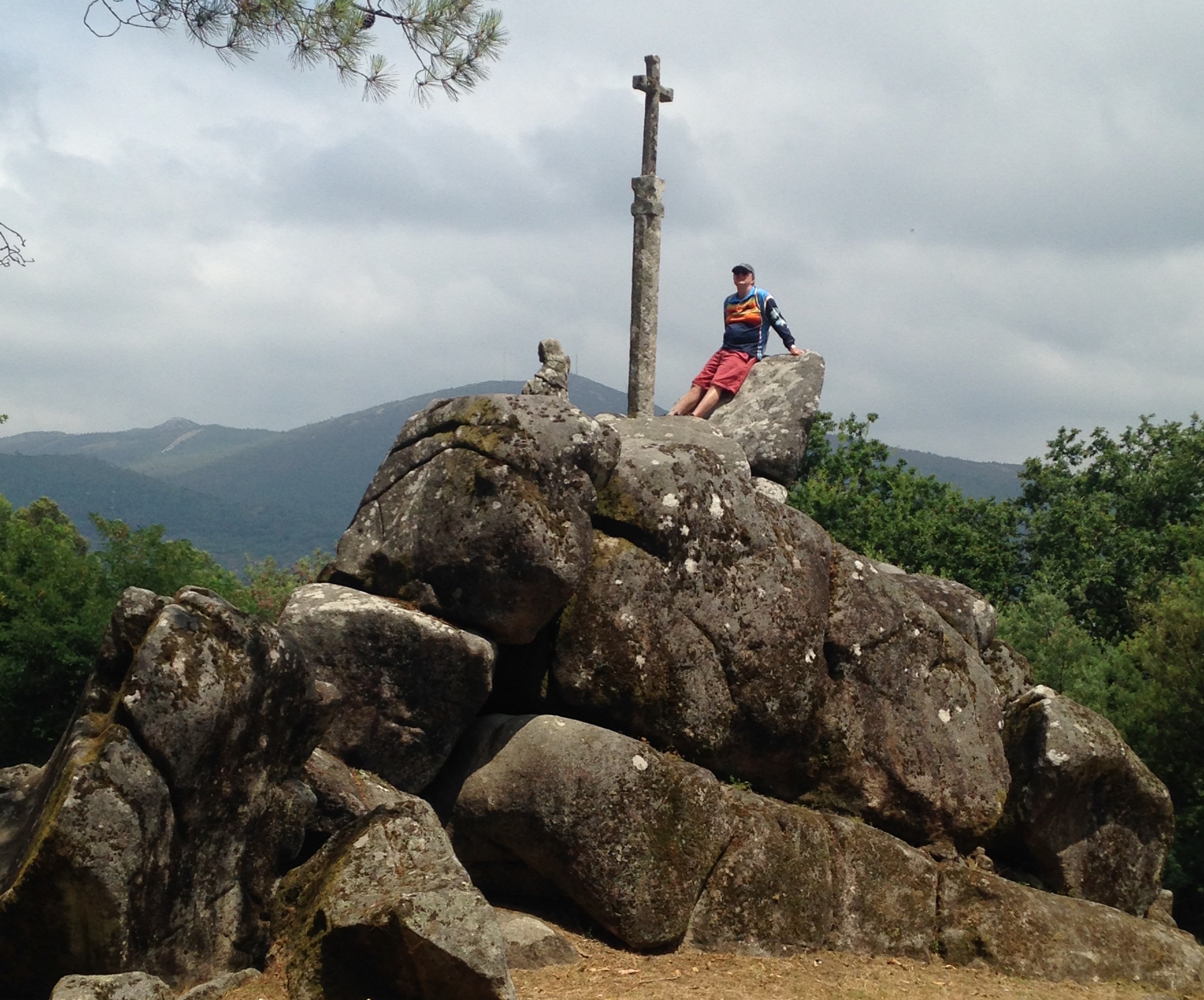 n this class I explored the many fascinating examples of pilgrimage and peace-building on the global stage, which have played an enormous role in bringing people of different faiths together. Adam’s Peak in Sri Lanka, for example, is unique. Up until the 1960s, this was perhaps the greatest interfaith pilgrimage site on earth. Once upon a time it was a source of national pride that tens of thousands of pilgrims of different faiths would travel together, at their own pace, worshipping in their own style, on their way to the sacred mountaintop. Once there, a natural rock formation in the shape of a foot is recognized by Buddhists as belonging to the Buddha. For Hindus it is the footprint of Shiva. Some Portuguese Catholics believed that it was the mark of the early pioneering South Asian missionary, St Thomas. Muslims believe it the mark of Adam. Even the Chinese consider this to be the birthplace of the first human being. At a place such as this, pilgrimage is peace-building. In an ideal sense, there is the potential for bringing diverse people together as one and breaking down barriers to cooperation.
n this class I explored the many fascinating examples of pilgrimage and peace-building on the global stage, which have played an enormous role in bringing people of different faiths together. Adam’s Peak in Sri Lanka, for example, is unique. Up until the 1960s, this was perhaps the greatest interfaith pilgrimage site on earth. Once upon a time it was a source of national pride that tens of thousands of pilgrims of different faiths would travel together, at their own pace, worshipping in their own style, on their way to the sacred mountaintop. Once there, a natural rock formation in the shape of a foot is recognized by Buddhists as belonging to the Buddha. For Hindus it is the footprint of Shiva. Some Portuguese Catholics believed that it was the mark of the early pioneering South Asian missionary, St Thomas. Muslims believe it the mark of Adam. Even the Chinese consider this to be the birthplace of the first human being. At a place such as this, pilgrimage is peace-building. In an ideal sense, there is the potential for bringing diverse people together as one and breaking down barriers to cooperation.
Pilgrims and pilgrimage scholars clearly have a contribution to make to peace-building. Some pilgrimages certainly have a political dimension, and political leaders often manipulate pilgrims in ways detrimental to peace. Consider, for example, the huge growth in pilgrim-numbers in the state-sponsored pilgrimage to the Hindu shrine at Amarnath in disputed lands in Jammu-Kashmir. In 2017, thousands of armed security personnel were required to ensure the safety of the pilgrims, many of whom were involuntary participants in this overtly political exercise. However, certain categories of pilgrimage have the potential to address deep-seated conflict, historical injustice and social inequality, all of which is so prevalent in the world today. Examples abound, and include pilgrimages of joy such as the Wari pilgrimage in Maharashtra in India, when caste is set aside for the duration of the long-distance walk; or pilgrimage assocated with Virgin Mary sites in Ethiopia, Lebanon and Egypt, which bring together Muslims and Christians in equal number. Likewise, the grave of the Sufi poet Rumi in Turkey and the Bascilica of St Francis of Assisi in Italy draw pilgrims of many faiths.
My current research is along these lines – to analyze the various major and minor pilgrimages around the world that demonstrate a peace-building dimension, distil the main ingredients – the how and the why – and then to explore the applicability of these lessons and strategies in other places. It is an exciting project, and one in which there is enormous potential for positive change nature, even in the most troubled of places.
Ian McIntosh is an Adjunct Professor in Anthropology in the School of Liberal Arts at Indiana University Purdue University Indianapolis, Indiana (IUPUI). He is also the Director of International Partnerships at IUPUI, and the Associate Director of the Confucius Institute in Indianapolis. He is a co-founder of Past Masters International, and the Indianapolis Spiritual Trail.
If you're interested in a more in-depth, multidisciplinary review of pilgrimage and peacebuilding, you can order Ian's book from the CABI bookstore now! Follow this link to purchase at a 25% discount using code CCRTP25 or contact sales@cabi.org.
Related News & Blogs
CABI conducts workshop in India to help pave the way for better FAIR data processes in agriculture
CABI, as part of the Enabling FAIR data sharing and responsible data use project, has conducted a workshop in Delhi, India, to help pave the way for better FAIR data processes in agriculture. The project, funded by the Bill & Melinda Gates Foundati…
8 January 2024

